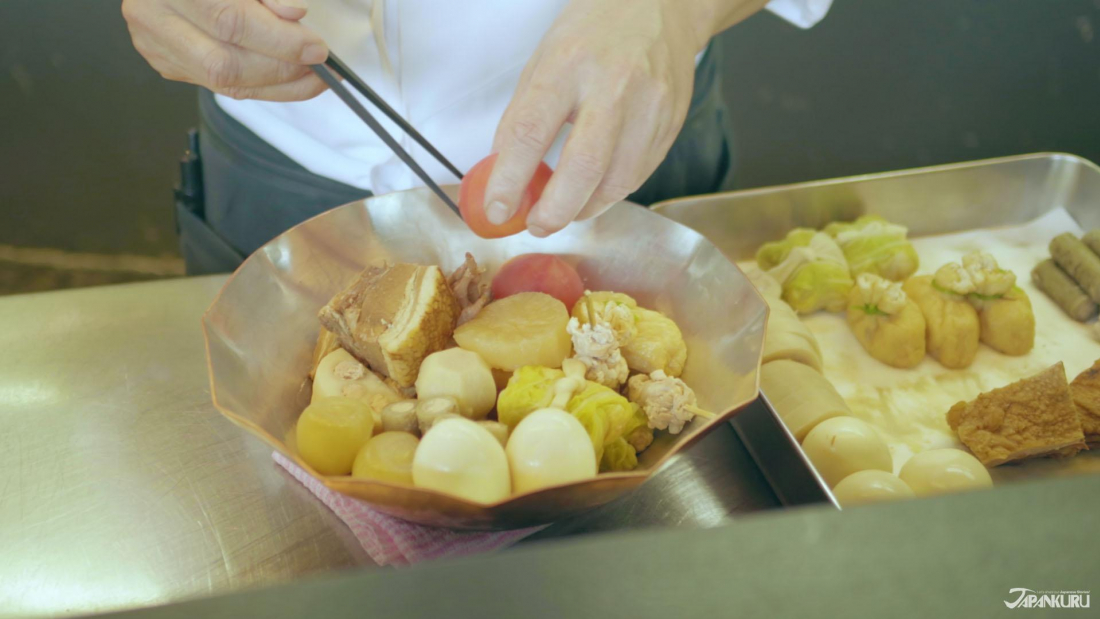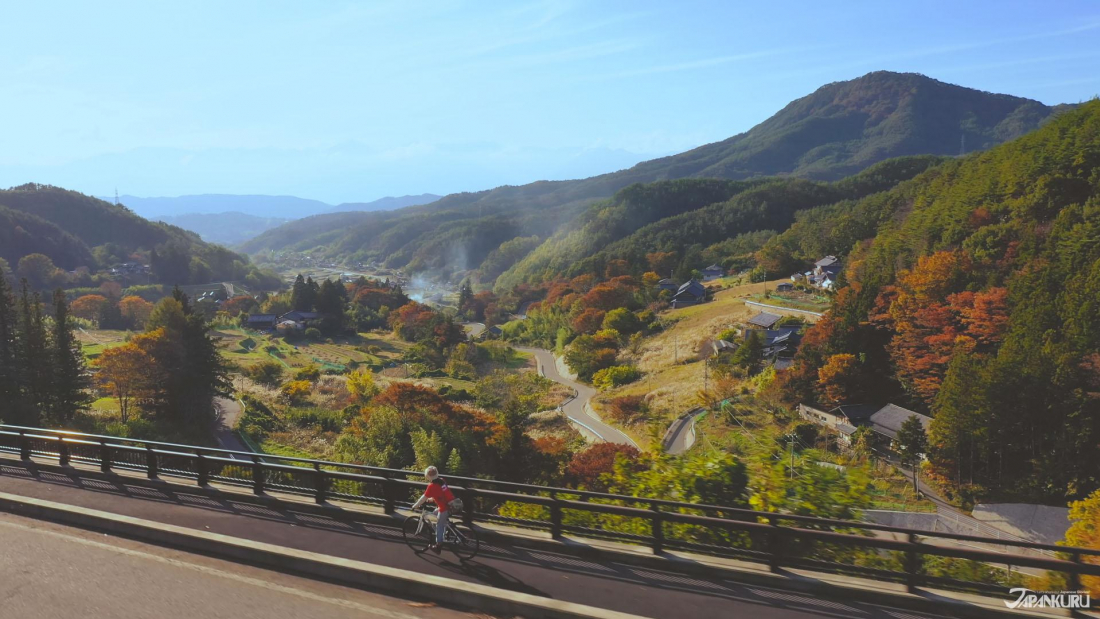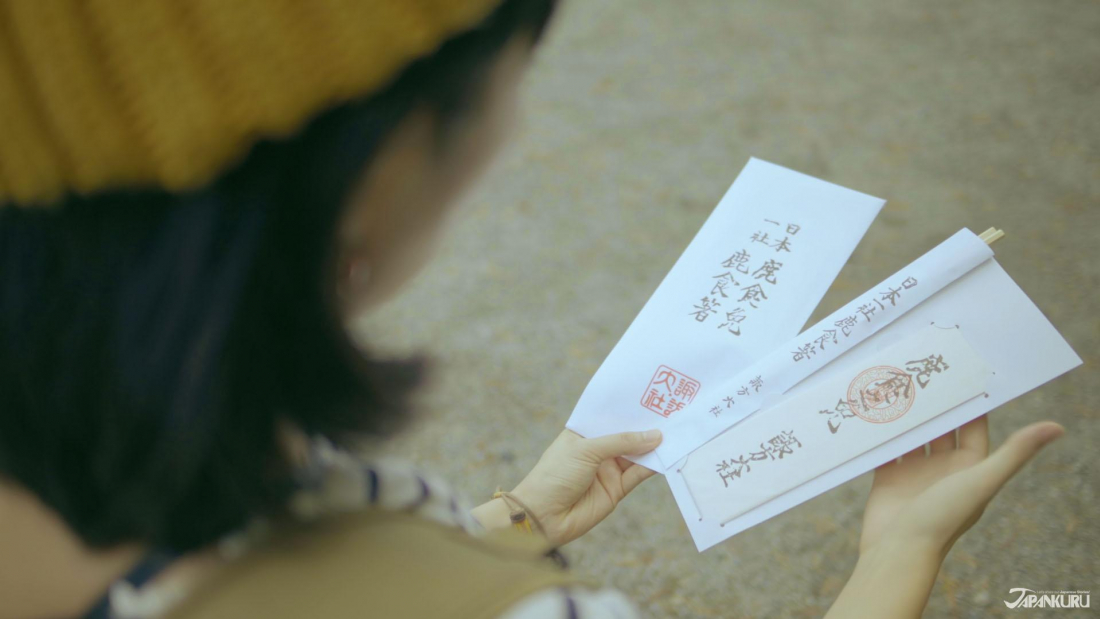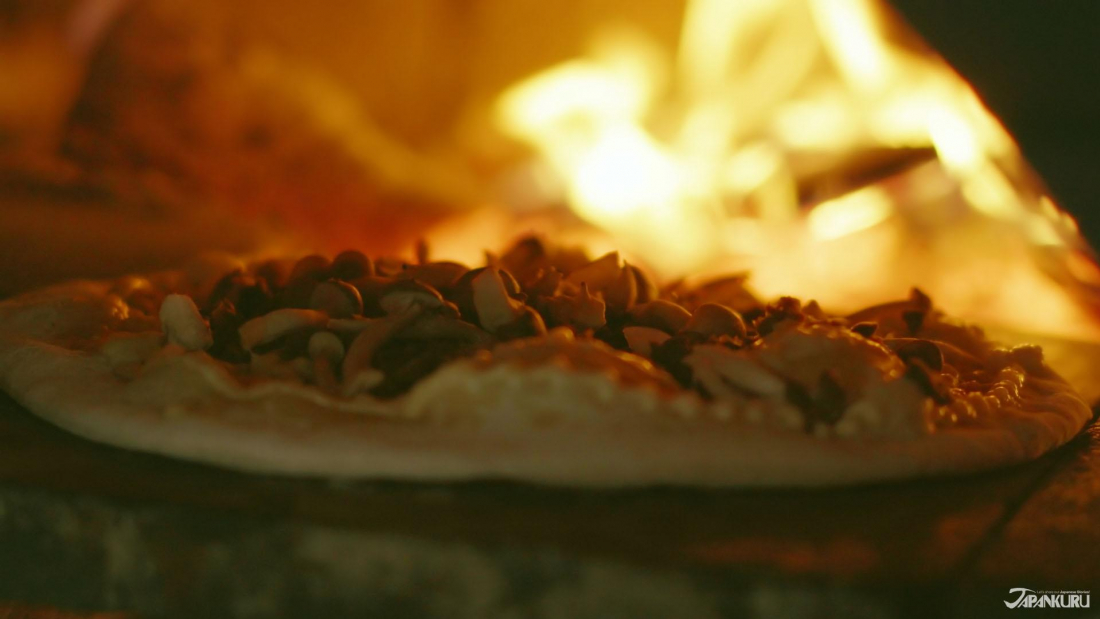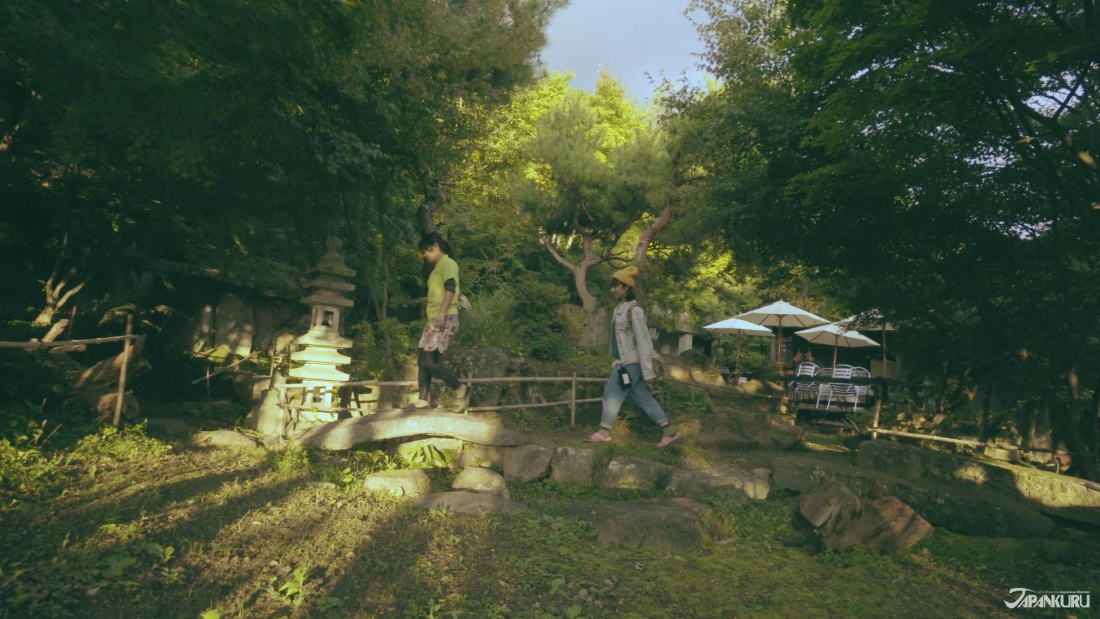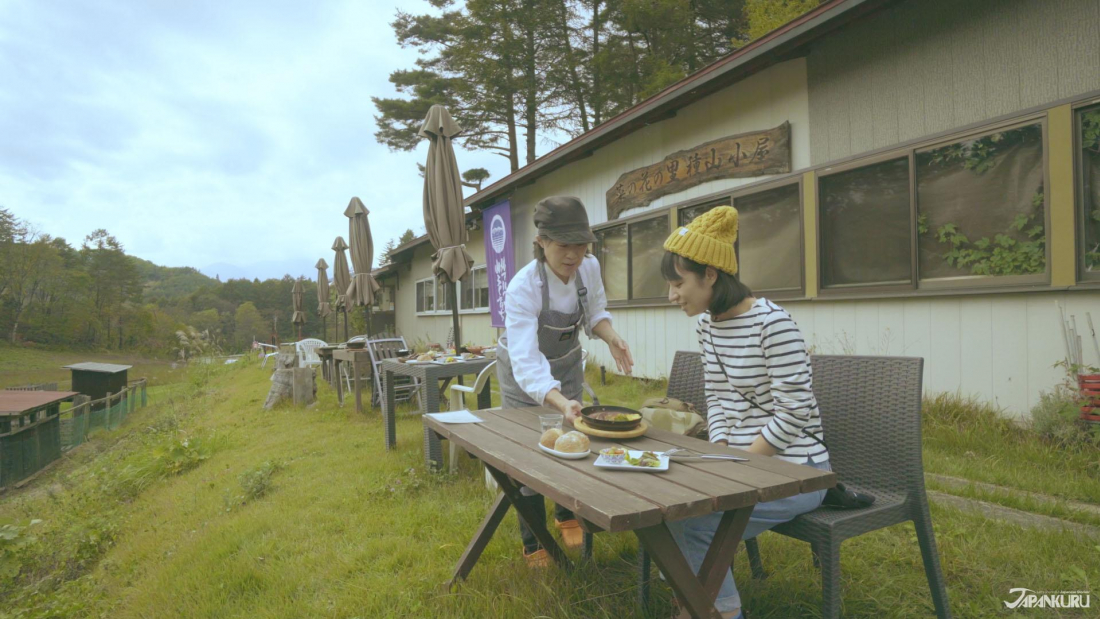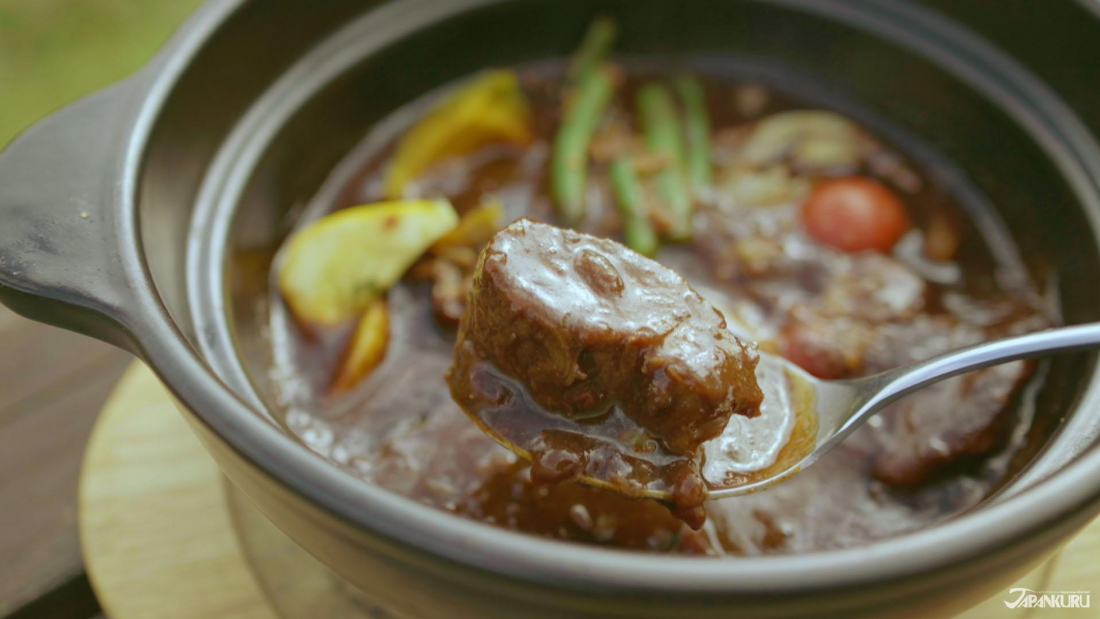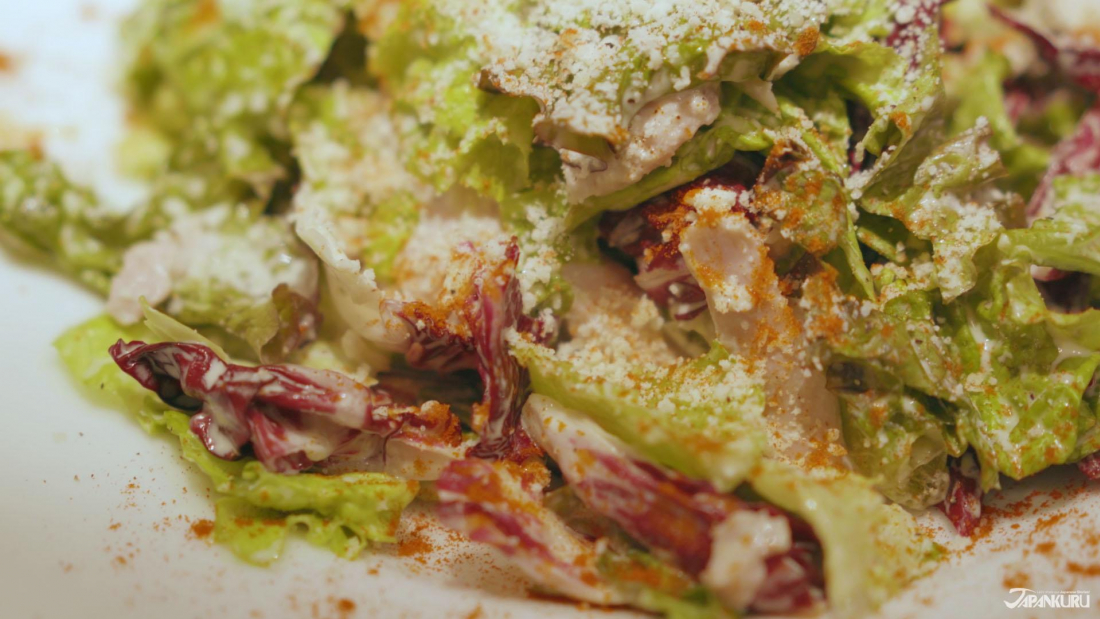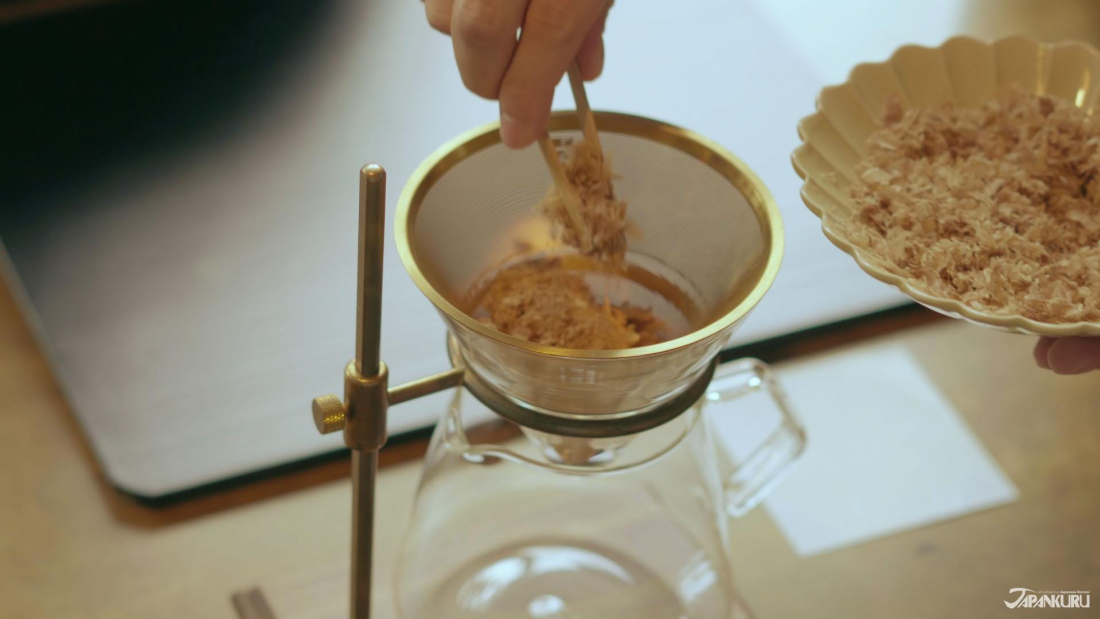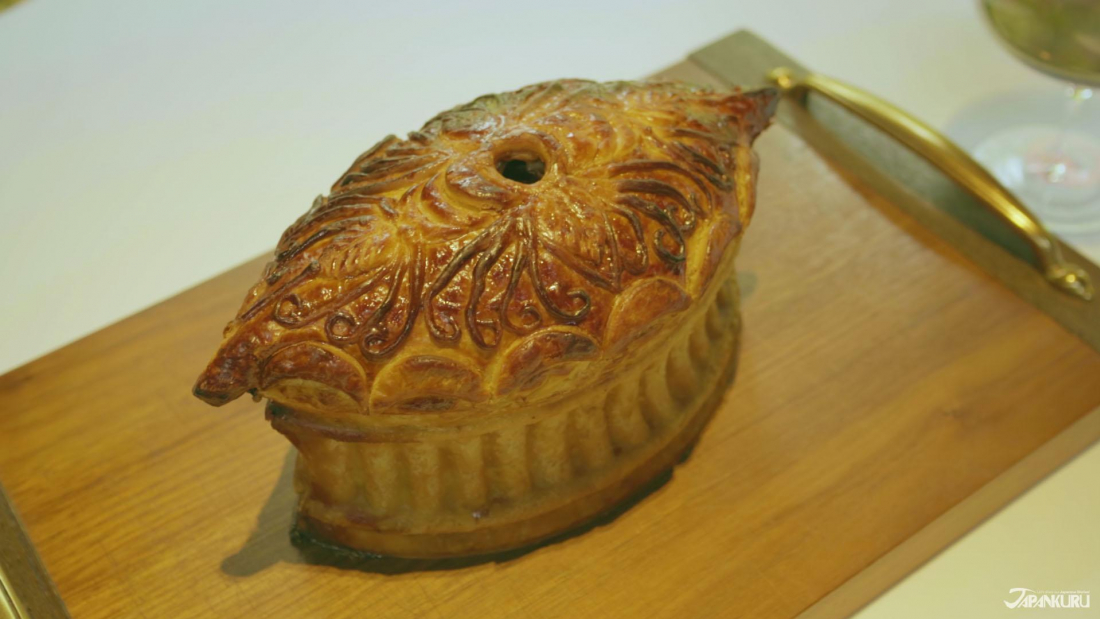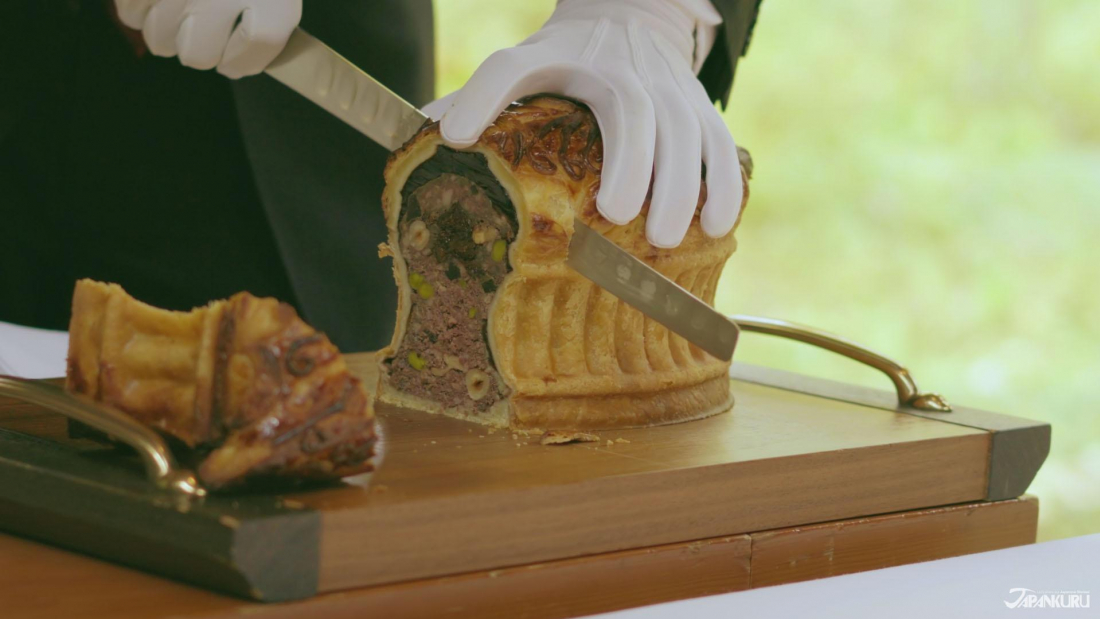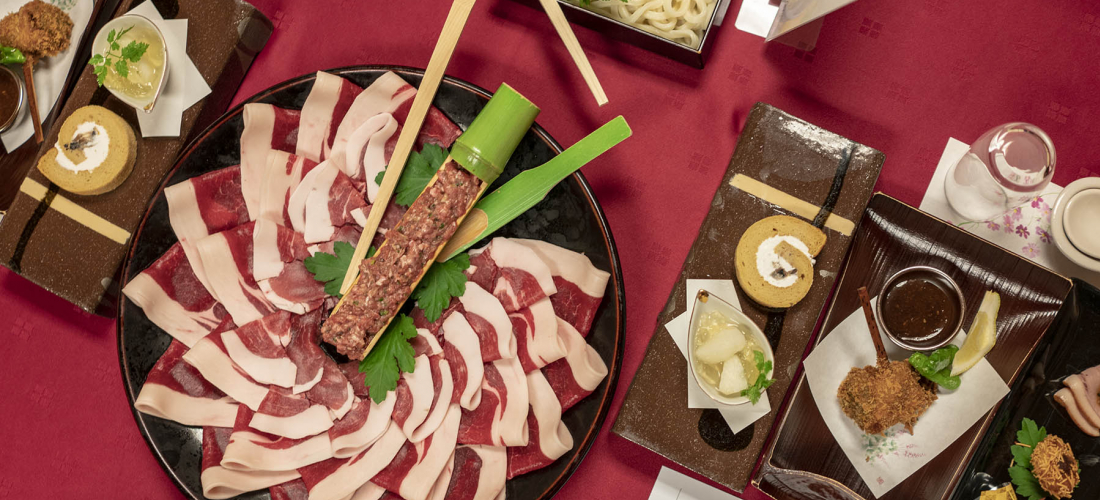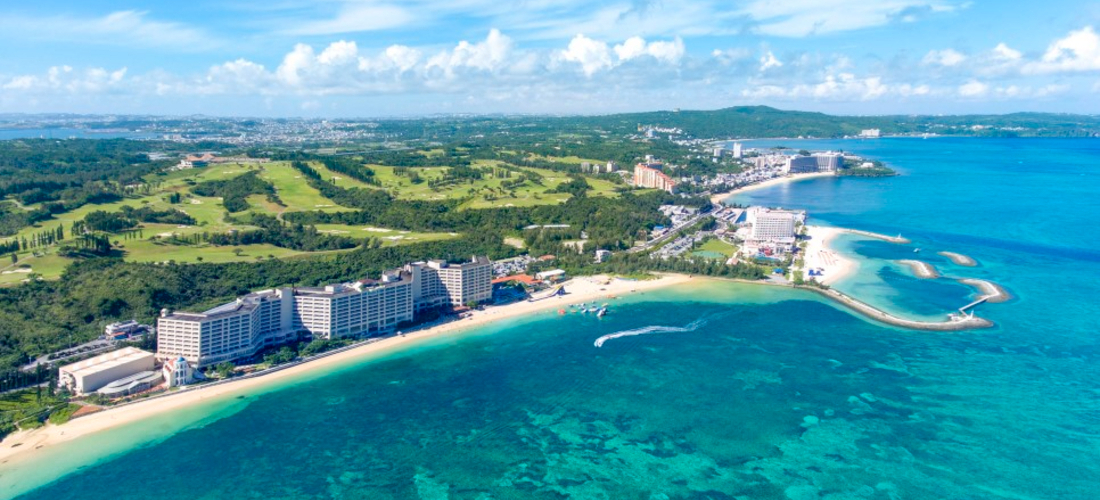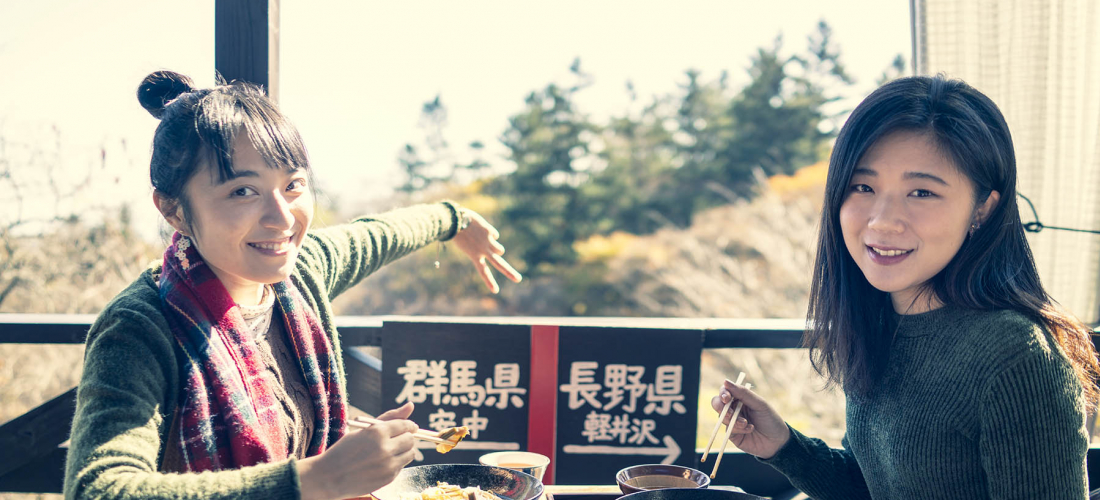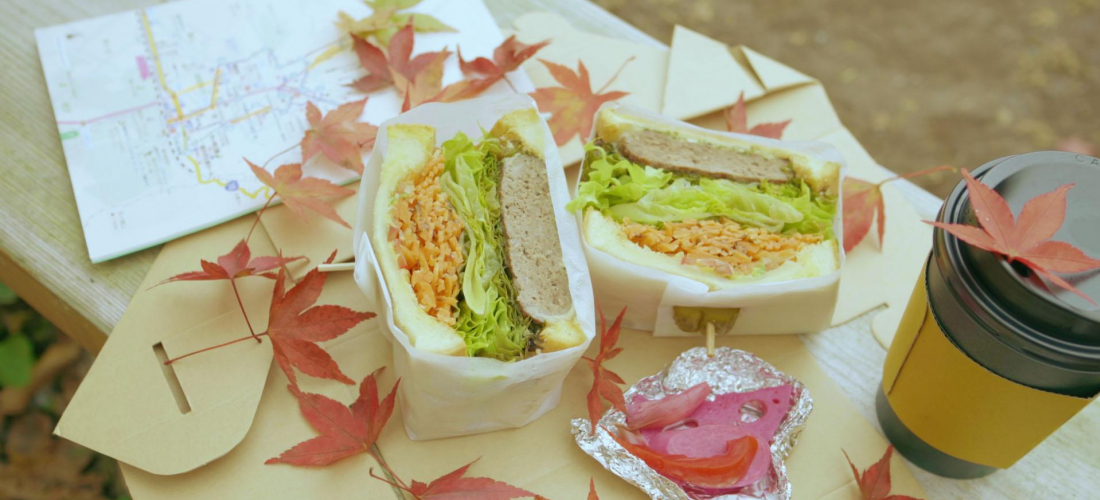
CONTENTS
In Nagano gibier cuisine is a part of life, so whether you like your food cheap and tasty, or sumptuous and high-end, you’ll want to see what’s available.
Japanese Gibier Cuisine in Nagano
Once upon a time in Nagano, like most of the world, wild game was a common ingredient in recipes of all kinds, and a part of everyday life in Japan. During the Meiji period (1868 – 1912), however, a wave of modernization, foreign influence, and general change swept across Japan, and the utilization of wild game began to slowly fall out of practice. But Japan's verdant forests are still populated by the deer, wild boar, rabbits, and even bears, once a part of the local diet, and in recent years those ingredients have been making a comeback. These days, it's more and more common to see "gibier" pop up on menus, a term borrowed from the French and now used in Japanese to refer to wild game. Last year, we took a trip to see gibier cuisine in Kyoto, and tasted venison udon noodles and traditional wild boar hot pot, arranged like a beautiful flower. This year, our destination is the prefecture of Nagano, where chefs and gibier fans are working to make wild game a part of everyday life once again!
* Safety precautions were taken during the research, filming, and travel portions of this project. Please come visit Japan and see gibier culture for yourself when it's safe to travel again!
Nagano Prefecture is known as a place of scenic forests and snowy mountains, which is one reason why it's a popular vacation spot for domestic travelers, but it also means that the wilderness is full of wild animals. While this abundant population goes hand in hand with the local tradition of gibier cuisine, it also means that when hunting declines, the wildlife becomes a nuisance to farmers. To keep local agriculture alive, farmers have to ward off deer, boar, and even bears, sometimes setting traps just to keep the fields from getting eaten before their eyes. With the availability (and inevitability) of wild game in Nagano, and a history of local gibier traditions, it's no wonder gibier cooking is returning to the region.
Local Gibier Traditions at the Suwa Shrine
Before hitting the road on a gibier food tour of Nagano, there's one local tradition we recommend to start your trip: a visit to Suwa Taisha, or the Suwa Shrine (諏訪大社). Different Shinto gods are worshipped at different shrines across Japan, and the god enshrined at Suwa Taisha, sometimes called Suwa Myojin, is known as a god of the hunt.
About a thousand years ago, however, Buddhist beliefs started to mix and merge with the worship practices at Suwa Taisha, bringing with them a tradition of vegetarianism. When faced with the dilemma of maintaining a vegetarian diet for spiritual purposes, while simultaneously praying to a god associated with hunting, the priests at the shrine worked out some elaborate religious reasoning, decided on new ways to justify sacrificing and eating wild animals like deer. Those traditions continue on to this day, and now visitors can purchase special "kajikimen" (鹿食免) when they visit the shrine. These talismans are meant to act a little like pardons (or a lot like Catholic indulgences), and give you special permission to eat meat, courtesy of hunting god Suwa Myojin. The envelopes even come with chopsticks inside, which you're supposed to use when eating your gibier meals! (We recommend you keep them clean, as a souvenir, though.) So before diving into the culture of gibier, don't forget to ask for Suwa Myojin's blessing!
Suwa Shrine (諏訪大社)
1 Nakasu, Suwa, Nagano
Official Website (jp)
Casual Gibier – Everyday Eats in Nagano
Packed full of protein and flavor, and certainly plentiful in Nagano, there's nothing to stop gibier meats from working their way back into people's everyday diets and routines. These casual restaurants provide easy ways to try gibier recipes without any fuss, and see just what these unique ingredients have to offer.
Wild Boar Pizza at Nekopopo Terrace
A pizza fresh out of the oven is enough to make most people's mouths water, and Nekopopo Terrace bakes up pies with a variety of toppings in the brick oven next to their garden terrace. One of those tempting pizzas might be the perfect introduction to gibier for anyone still a little unsure about eating wild game.
The gibier pizza in question is the Wild Boar Soboro Mayo-Soy Pizza, which comes topped with ground wild boar meat, first cooked in a pan with ginger, garlic, and mushrooms. Taking a bite of the pizza, the aroma of ginger and garlic complements the meat like were any old pork, but after a little more careful sampling, a nice touch of the wild boar's richer flavor becomes apparent.
In Japan, one complaint in particular is a major reason gibier cuisine isn't more commonplace: people think game meat is gamy. In Japanese, it's described as being "smelly." But Keiko Komiyama, chef at Nekopopo Terrace, pointed out that this didn't need to be a problem, saying the butchers at Wakaho Gibier (just down the street from the restaurant) prevent the meat from getting gamy by immediately processing it and draining the blood, "so I think anyone can enjoy the flavor, even if they don't think they like wild game."
While the indoor seating is cozy, visitors shouldn't miss the restaurant's eponymous terrace, which is surrounded by a lovely garden inhabited by the restaurant's cats, and contains a traditional Japanese teahouse.
Nekopopo Terrace (ねこぽぽテラス)
1745 Wakahohoshina, Nagano, Nagano
Official Website (jp)
Venison Sausages and Stews at Farm Cafe Rabbit
Ready to dive a little deeper into the flavors of gibier? Check out the rich stews and curries, and the flavorful snap of the venison sausage at Farm Cafe Rabbit! Chef Nobuko Kodama, a Shinshu Gibier Meister, started proactively using wild game in her dishes after she started cultivating her own fields of vegetables, and found the produce quickly eaten up by the local wildlife. "I needed to do something about the bears," she says, "and I couldn't get rid of them, so I asked a hunting club, but they said do it yourself." Kodama got licensed to hunt and trap wild animals, and not wanting to waste perfectly good game meat, she began to use it in the recipes at Farm Cafe Rabbit―a restaurant surrounded by Nagano's mountains, and watched over by a pair of nonchalant goats.
Everything served at Farm Cafe Rabbit has the charm of home-cooking, but the polished quality of a restaurant meal, and the dishes made with venison have an extra depth of flavor thanks to the unique ingredient. Of course, fresh vegetables grown in the fields next to the restaurant certainly don't hurt, either!
Farm Cafe Rabbit (農園カフェ ラビット)
8295-48 Nakayamakoge, Omachi, Nagano
Official Website (jp)
Wild Game Sandwiches at Vegibier
The food at Vegibier uses local vegetables and local game, with the aim of offering dishes that are healthy, beautiful, and delicious. Their menu is split between gibier recipes and vegan options, which might seem a little odd at first, but makes sense when you consider the importance they place on fresh, local, and sustainable ingredients. We recommend grabbing a sandwich to go, like the colorful Vegibier Burger made with a game meat patty, and enjoying it outdoors in the beautiful green spaces of Karuizawa, a popular resort town.
Vegibier (軽井沢べジビエ)
184-1 Karuizawahigashi, Karuizawa, Kitasaku District, Nagano
Official Website (en) / Official Facebook (jp)
Elevated Gibier – Gourmet Treats for the Adventurous Palate
Ready for a nice dinner out on the town? From Japanese-style izakaya taverns to the fanciest of French cuisine, some of Nagano's nicer establishments know that gibier isn't just a novelty―game meat can add a little class to a meal, when properly prepared.
Izakaya-Style Bear, Rabbit, and Venison at Monzen Sakaba Yamazato
For a nice meal without too many frills, Yamazato offers a selection of classic Japanese izakaya fair and sake options, with the addition of some particularly unique gibier recipes. Ready for a lighter take on gibier? Try the Caesar salad made with wild hare: a platter of greens dotted with morsels of tender white meat.
Instead of cooking their venison into a saucy stew or grinding it with spices, Yamazato offers a simpler take. Their venison karaage is a take on Japanese fried chicken, and sees chunks of the venison lightly battered and fried, before serving them with alemon wedge and a light dipping sauce.
Any meal made with bear meat might seem like a dish reserved for the adventurous palate, but like everything at this izakaya, this bear sukiyaki is a crowd-pleaser. Bear meat is naturally tough, coming from such a muscular animal, but it softens and mellows out in the sweet sukiyaki broth, and pairs nicely with the soft texture of the tofu. Gather your courage and give it a try, you're not likely to regret it.
Monzen Sakaba Yamazato (門前酒場 山里)
1418-1 Minaminagano, Nagano, Nagano
Official Website (jp)
Gibier Oden with Venison Dashi at Hoshinoya Karuizawa
Hoshinoya Karuizawa hotel belongs to the luxury Hoshino Resorts group, and part of the luxury experience is the gourmet cuisine available in both the main hotel restaurant, and their French restaurant nearby, Bleston Court Yukawatan. Wild game is said to be most delicious throughout the winter, so Hoshinoya takes advantage of the seasonal ingredients and offers a special gibier oden during the year's colder months.
Oden is a dish consisting of meat and vegetables boiled in a mild dashi broth, and is most often seen as a part of Japanese home-cooking, filled with fish cakes, daikon radish, eggs, and konjac. The gibier oden at Hoshinoya Karuizawa is a gourmet take on the dish, maintaining the simple flavor profile, but filling the pot with skewers of hare, green pheasant, and quail, along with a decadently tender slab of wild boar.
Even the broth itself is a special gibier blend! Instead of using standard Japanese dashi, the gibier oden is cooked in venison broth made with shaved venison flakes, which, according to executive chef Eiji Inake, is a vital part of bringing the flavors together and making it into one cohesive dish. To celebrate the special broth, they've even added a little soup-centered performance before the meal, where a staff member will brew diners a cup of the flavorful venison flake dashi, almost like a cup of pour-over coffee!
Hoshinoya Karuizawa (星のや軽井沢)
2157-428 Nagakura, Karuizawa, Kitasaku District, Nagano
Official Website (en)
*Gibier oden available for a limited time, only as in-room dining
Gibier Haute Cuisine Fit for a King at Bleston Court Yukawatan
Our final stop on this gibier food tour is unquestionably the most sumptuous. Bleston Court Yukawatan, the second Hoshinoya restaurant we mentioned above, offers high-end French cuisine in an elegant dining room looking out onto a leafy courtyard. Their gibier offerings are also seasonal, and when the Japankuru team visited, we were presented with items from a prix fixe menu designed after food for French royalty, called The King's Gibier (王様ジビエ).
Literally shaped like a crown, the Delice de pâte en croute de Roi is a pastry crust filled with a variety of gibier ingredients, like green pheasant, turtledove, wild boar, and venison. To make the dish truly fit for a king, they always use at least four kinds of meats, choosing the freshest options available. Then, along with the meat, various kinds of fruits and nuts like walnuts, pistachios, or hazelnuts are added, along with truffle and even foie gras, are all added to round out the flavor and body.
The Lièvre à La Royale, on the other hand, focuses on just one gibier meat: wild hare. But this dish is just as opulent as the first, and between the time the meat spends stewing and melding with the flavors of truffle and foie gras, and the days it takes to cook the sauce―silky with red wine and dark chocolate―in addition to the flavorful purees that accompany the dish, the preparation easily takes an entire week. All for one deliciously decadent plate. If you're looking for a gibier meal that's a little indulgent and very ritzy, you found it.
Bleston Court Yukawatan (ブレストンコート ユカワタン)
2144 Nagakura, Karuizawa, Kitasaku District, Nagano
Official Website (en)
*Available for a limited time, as part of a prix fixe menu.
Make Gibier an Everyday Part of Your Next Trip to Nagano
Whether you're excited to start on your own gibier food tour throughout Japan, now, or we've just started to pique your interest on the subject of Japan's wild game, you won't know what you're missing until you try a bite yourself! So next time you get the chance, head to Nagano, and try adding some gibier cuisine to your itinerary. Add a little extra flavor to your next adventure!
For more info and updates from Japan, check Japankuru for new articles, and don't forget to follow us on twitter, instagram, and facebook!
Details
NAME:Gibier in Nagano
PROFILE
Follow us @Japankuru on Facebook, Instagram, and Twitter!
COMMENT
FEATURED MEDIA
VIEW MORE
Narita Airport Tax-Free Shopping List 나리타공항 면세점 쇼핑 리스트 #pr #calbee #jagapokkuru #japanesesnacks #japanesefood #japanesesouvenir #japantravel #japantrip #naritaairport #hokkaido #나리타국제공항 #나리타공항면세점 #나리타공항면세점과자 #일본공항면세점 #일본기념품쇼핑리스트추천 #공항면세점쇼핑리스트 #일본과자추천 #면세점일본과자 #일본기념품추천 #일본과자 #자가폿쿠루 #일본간식 #일본과자쇼핑 #일본면세점필수템 #일본기념품쇼핑

Asakusa's Sanja Matsuri, one of the biggest festivals in all of Tokyo, is almost here! Make sure you check out the festival route so you don't miss all the festivities this May. #asakusa #sanjafestival #sanjamatsuri #asakusashrine #sensoji #sensojitemple #japanesefestival #shintoshrine #japaneseculture #tokyo #tokyotrip #tokyotravel #asakusasightseeing #matsuri #japantrip #japantravel #springinjapan #tokyotravel #japankuru #산자마츠리 #아사쿠사 #일본마츠리 #일본여행 #일본5월

Odaiba's DiverCity Tokyo Plaza is home to the famous real-size 20m-tall Unicorn Gundam, and the popular shopping center has even more Gundam on the inside! Check out the Gundam Base Tokyo on the 7th floor for shelves upon shelves of Gunpla, and the Gundam Base Tokyo Annex on the 2nd floor for cool anime merchandise. Both shops have tons of limited-edition items! #pr #odaiba #tokyo #tokyotrip #japantrip #japantravel #PR #divercity #divercitytokyoplaza #tokyoshopping #gundam #unicorngundam #gundambasetokyo #anime #otaku #gunpla #japankuru #오다이바 #다이바시티도쿄 #오다이바건담 #건담 #일본건담 #건프라 #건담베이스도쿄

Evangelion, in miniature!? Tokyo's SMALL WORLDS Miniature Museum is actually a must-see for anime lovers, thanks to the tiny Evangelion Hangar and Tokyo-III... plus a whole universe of other scenes both real and fictional. #smallworlds #smallworldstokyo #tokyotrip #tokyotravel #evangelion #eva #anime #miniature #miniatures #animefigure #japantrip #japantravel #에반게리온 #스몰월드 #에반겔리온 #スモールワールズ #오다이바 #아리아케

Have you sat down for a snack at Sumida Aquarium yet? This aquarium next to Tokyo Skytree is known for its penguins and garden eels, but we can't get enough of their cute snacks! There are lots of good seats around the aquarium, too, so it almost feels like one big cafe. 🐧 • Find out more at Japankuru.com! (Link in bio.) • #japankuru #sumidaaquarium #skytree #tokyoskytree #solamachi #sumida #tokyo #tokyotrip #tokyotravel #aquarium #japanesesweets #themecafe #すみだ水族館 #Japan #日本 #일본 #Japon #ญี่ปุ่น #Japão #япония #japantravel #日本旅行 #日本旅遊 #japan_of_insta #japantrip #traveljapan #japan🇯🇵 #igerstokyo #explorejapan

For anime fans, the Evangelion areas at Small Worlds Miniature Museum are a must see! The tiny miniature people in the Evangelion Hangar look like ants beneath the moving Unit-01, Unit-00, and Unit-02! And over in Tokyo-III, characters like Shinji, Rei, and Katsuragi live life on a miniature scale. #odaiba #tokyo #tokyotrip #japantrip #japantravel #ariake #smallworlds #miniaturemuseum #smallworldstokyo #tokyotravel #evangelion #eva #anime #miniature #miniatures #animefigure #japankuru #스몰월드 #에반게리온 #오다이바 #오다이바관광 #오다이바스몰월드 #미니어쳐

